Hello, there are a lot of really exciting new features in the latest Home Assistant 2022.4 release. Let’s see what is new and what has changed. As usual I will not just talk about these changes, I will also try to demonstrate them to you!
Before we begin, at any point, let me know in the comments which of the next new Home Assistant 2022.4 features is the most useful and exciting for you. I will share mine later in the article.
Let’s start.
Lovelace become Dashboards
The first change in Home Assistant 2022.4 is the renaming of Lovelace to Dashboards, at last! The term Lovelace is somehow confusing for a lot of people including me.
But what actually it is? Lovelace UI was introduced in the beginning of year 2019. Before Lovelace, the look & feel of the Home Assistant was stored in the configuration.yaml file and to change something in the view for example you had to add some YAML code and to restart every-time.
Now everything can be done from the User Interface (UI) and this UI is now called Dashboards instead of Lovelace. So, hello Dashboards and goodbye Lovelace.
Much appreciated change and I will try to never say the term “Lovelace” again in my videos or articles 🙂
Possibility to hide entities
Next change in Home Assistant 2022.4 is possibility to hide entities. Until now you had the option to enable or disable entities. If you disable an entity it disappears from everywhere including the History and Logbook, but what if you don’t want to see an entity and at the same time to have the option to check its history?
Here comes the entity hiding feature. When you hide an entity it will no longer be shown on auto generated Dashboards and it will be automatically hidden from HomeKit, Amazon Echo & Google Assistant. Also, the hidden entities will not be called when a service call is targeting the area they are in.
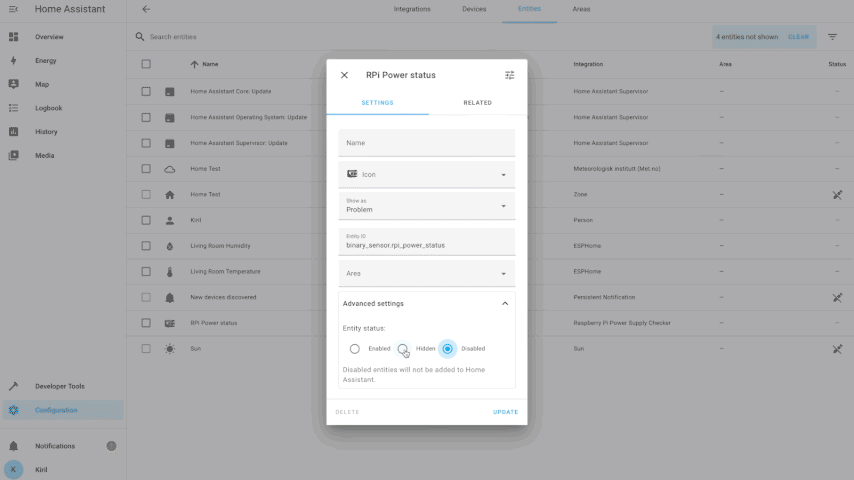
Home Assistant Groups in UI
Going forward, until now groups were only available for YAML configuration, but after Home Assistant 2022.4 release you can manage groups right from the UI.
What is Home Assistant Group?
A group is a collection of devices or entities and they can be very useful because they let you control & monitor multiple things as a single entity.
For example, using groups you can consolidate light bulbs, so you can control them all with one switch. On top you can hide the members of the group so your Dashboards will not be cluttered.
Possible for grouping are multiple binary sensors, covers, fans, lights, media players, locks and switches. And you can manage the groups from Configuration > Automations & Scripts > Helpers
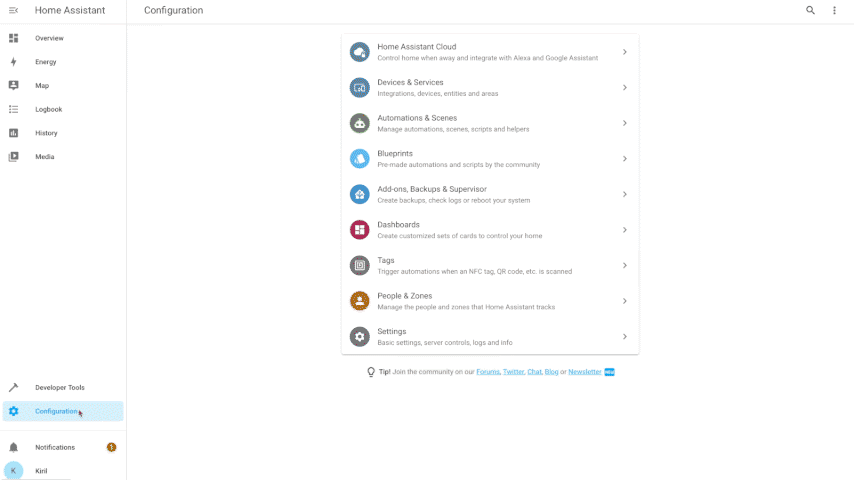
Switch as X integration
Next new thing in Home Assistant 2022.4 is the Switch as X integration. Switch as X lets you to transform any switch into something different, for example light, cover, fan, etc.
Imagine that you have a smart plug which normally in Home Assistant is represented as a switch. But on this smart plug you have connected a desk light, so at the end it may be more meaningful for you this setup to be represented as light instead of a switch. With the Switch as X integration you can now convert that very easily.
Switch as X can be found under Configuration > Automations & Scripts > Helpers
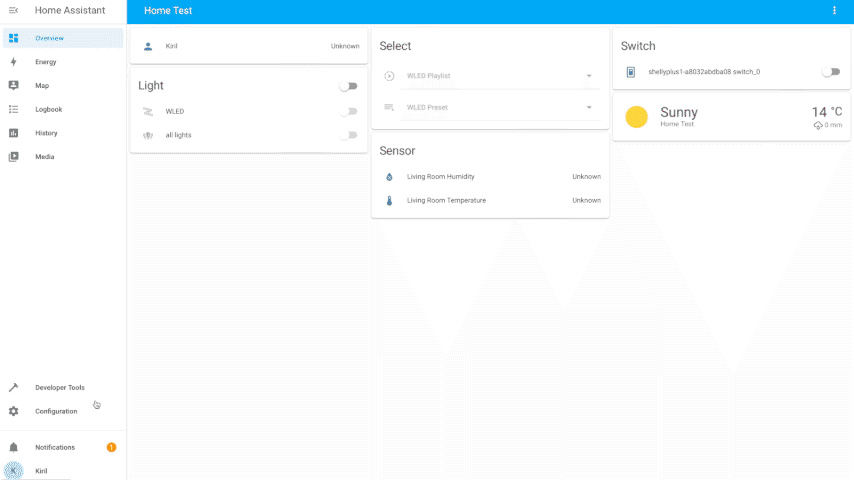
More Helpers in Home Assistant 2022.4 UI
Both groups and Switch as X are located under the Helpers menu in Home Assistant, but there are more changes that are introduced there with Home Assistant 2022.4. Namely: the Derivate, Min/Max, Threshold, Times of day and Utility Meter helpers.
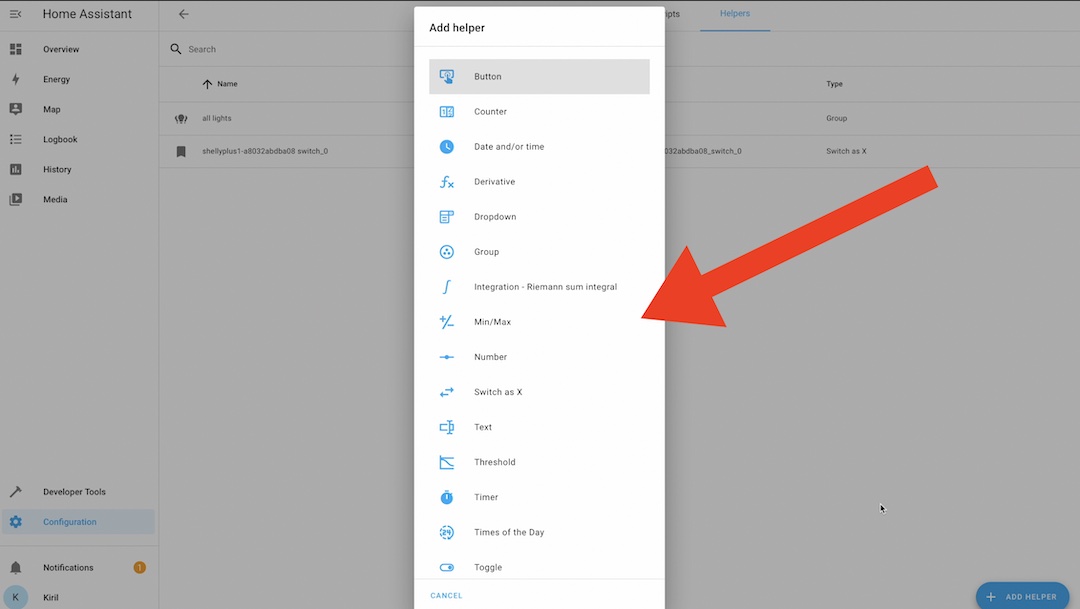
They all can be now managed from the Home Assistant UI. I will share some links where you can find more info about what them.
Update entity type
Moving ahead to the next new thing in Home Assistant 2022.4, which is a new update entity type. This update entity can be provided by any of the Home Assistant integration and can tell you if there is a new update pending and not for the Home Assistant, but for your integrated device.
For example, if you have WLED device added in your Home Assistant and if there is a new WLED update – this will be visible in Home Assistant. And not only that, you will be able to update your WLED device right from the Home Assistant.
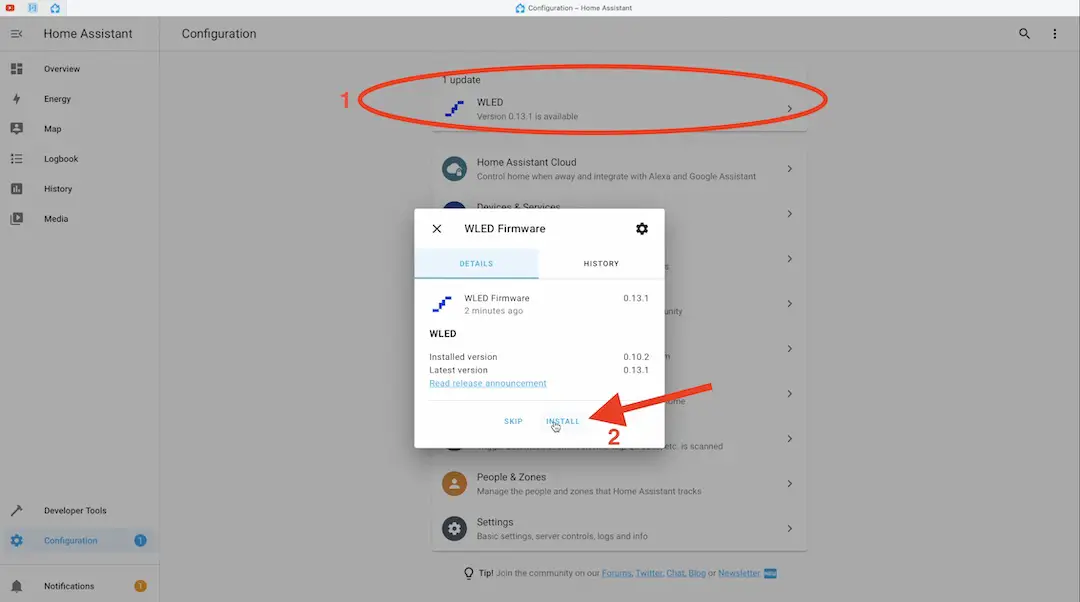
Backup for Home Assistant Container & Core
Next Home Assistant 2022.4 feature is probably the most useful and exciting for me. Home Assistant Backup & Restore options were only available for OS and Supervised installation types, but not anymore! From now on it will be possible to also backup Home Assistant Container and Home Assistant Core.
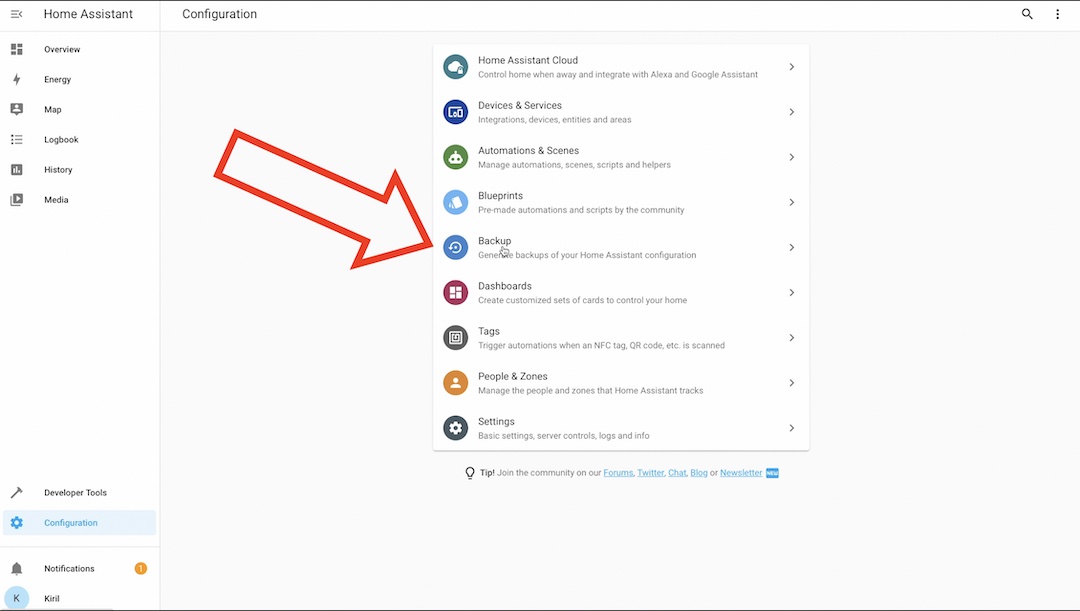
You can even restore the backup on other Home Assistant installation types. This makes migrating from one installation to another a breeze 🍃.
Most probably It will also make more people to choose Container & Core installation types as their main.
Home Assistant Webinar for you!
By the way, if you want to know more about different Home Assistant installation types – I got you covered, as I have a free Webinar on this exact topic. It is available at https://automatelike.pro/webinar. Go there, register and instantly start watching my detailed explanations about different Home Assistant installation types.
Automation Conditions can be tested
After Home Assistant 2022.4 conditions can be tested in the visual automation editor. This was possible only for triggers until now.
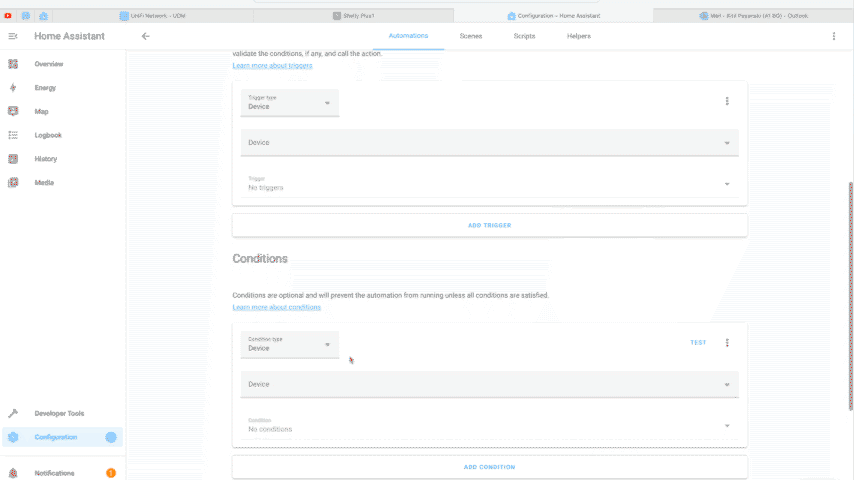
Home Assistant Zone State
Next feature is Zone State! If you have defined a zone or zones in Home Assistant, you can now check their state. And the zone state will now show the number of persons that are in that zone at the moment. This can be very handy if you want to create automations that checks if anybody is home. From now on, you can just check the zone state and if it is 0 that means nobody is home and then you can arm the alarm for example.
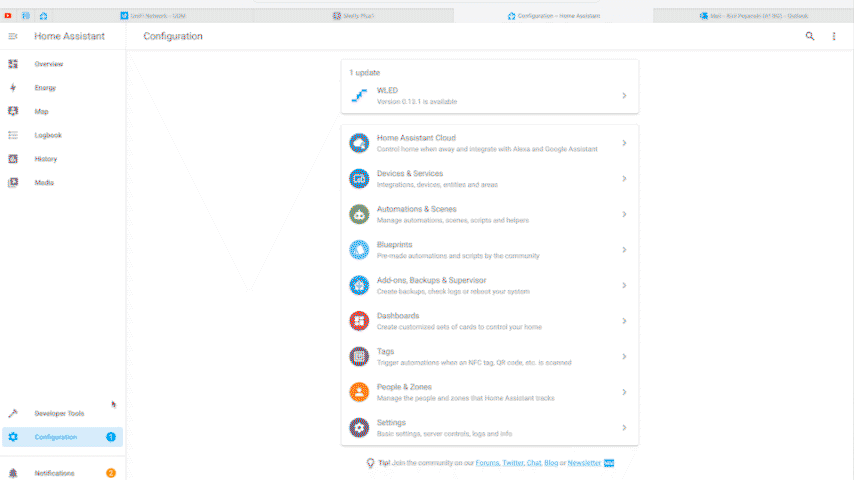
Change unit of measurements for sensors
The units of temperature and pressure sensors can be changed right from the Home Assistant UI if you have Home Assistant 2022.4 or higher. Here is a quick example where you can change a temperature sensor from Celsius to Fahrenheit. It is very, very easy.
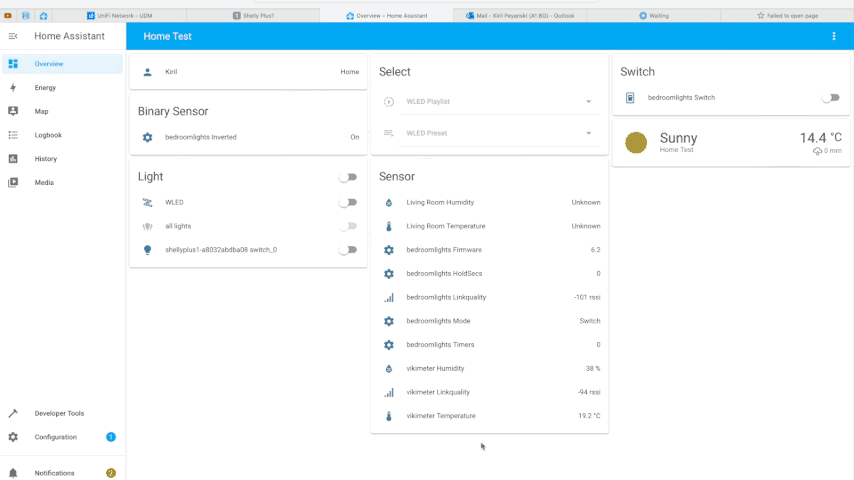
Trigger Variables
The next new feature that I want to show you from the Home Assistant 2022.4 is the the trigger variables. When you create an automation you can now define variables in the trigger and use this variables in the action. Here is a quick example.
alias: when pressed
description: ''
trigger:
- platform: state
entity_id: input_button.a_button
variables:
trigger_message: A button has been pressed!
- platform: state
entity_id: input_button.b_button
variables:
trigger_message: B button has been pressed!
condition: []
action:
- service: persistent_notification.create
data:
message: '{{ trigger_message }}'
mode: single
I have created two button helpers (A button & B button). And In the above example, when A button is pressed, the content of trigger_message variable (A button has been pressed!) is sent as persistent notification to the Home Assistant UI. When B button is pressed, again the content of trigger_message variable is sent as persistent notification to the Home Assistant UI, but the content is different this time (B button has been pressed!)
This could be very useful if you want to combine multiple triggers with one action in a single automation.
Outro
To make this article even more helpful & clear for you I’ve created a Smart Home glossary which contains the most common Smart Home words and abbreviations that I personally and everyone else is using these days. You can download that Smart Home glossary totally free of charge on my website – https://peyanski.com/glossary.
I’m Kiril and I’m done writing. Bye!
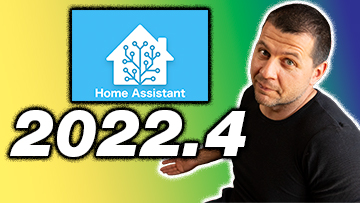
This is a very, very good explanation of the features in HA 2022.4 !! Thank you Kiril !!
You are most welcome Gurra! Check my other articles as well!